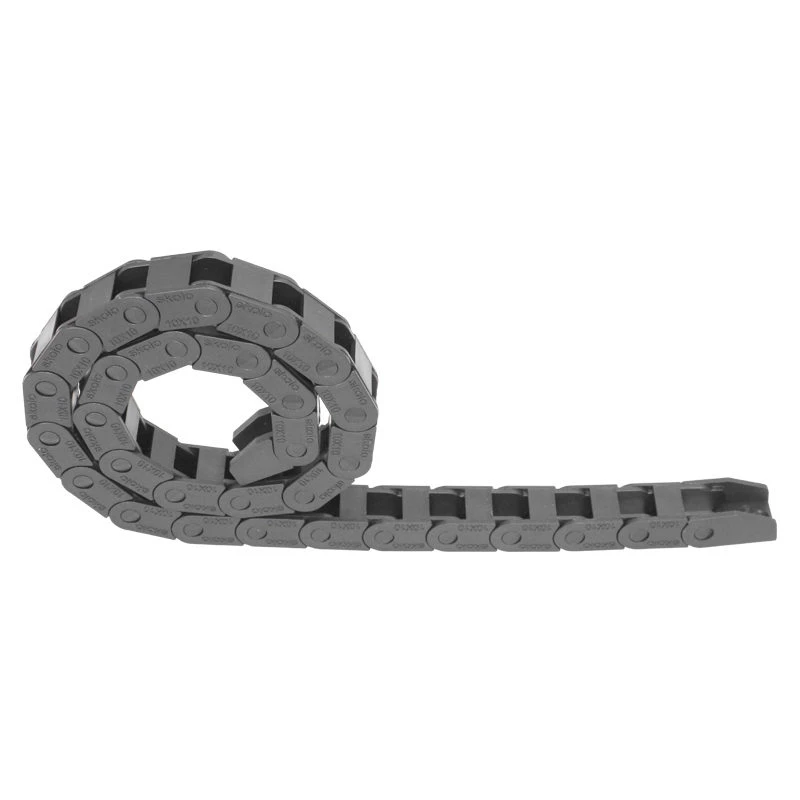Understanding the Functionality and Applications of Toothed Belt Drive Systems
Understanding Toothed Belt Drives An Efficient Power Transmission Solution
Toothed belt drives, also known as synchronous belts or timing belts, are an essential component in various mechanical systems, providing accurate and reliable power transmission. These belts are characterized by their toothed profiles that engage with corresponding teeth on pulleys, ensuring positive engagement without slippage. This article delves into the mechanics, applications, advantages, and maintenance of toothed belt drives, highlighting their significance in modern engineering.
Mechanics of Toothed Belt Drives
A toothed belt comprises a flexible rubber or polymer material embedded with high-strength fibers for increased durability. The inner surface of the belt features a series of evenly spaced teeth that fit into matching grooves on the pulleys. When the pulleys rotate, the engagement of the teeth prevents any relative motion between the belt and the pulleys, allowing for precise control of speed and position.
One of the primary benefits of using toothed belts is the elimination of slippage, which is a common issue in flat belts. This results in a consistent transfer of power, making toothed belt drives ideal for applications that require synchronization, such as in automotive engines and robotics. Additionally, the absence of slippage means that the system experiences less wear and tear, prolonging the life of both the belt and the pulleys.
Applications
Toothed belts find applications across a wide range of industries due to their versatility and efficiency. Some common applications include
1. Automotive Systems Toothed belts are crucial in camshaft and crankshaft synchronization in internal combustion engines. They ensure that engine components operate in harmony, enhancing performance and efficiency.
2. Industrial Automation In conveyor systems and machinery, toothed belts provide precise motion control, essential for applications like printing, packaging, and assembly lines.
3. CNC Machines Computer Numerical Control (CNC) machines utilize toothed belts for precise movement of tooling and workpieces, allowing for high accuracy in machining processes.
4. Home Appliances Devices such as washing machines and treadmills often employ toothed belts for efficient power transmission, ensuring smooth operation and reliability.
Advantages of Toothed Belt Drives
Toothed belt drives offer several advantages over traditional power transmission methods
1. High Efficiency With minimal energy loss due to slippage, toothed belts can transmit power with high efficiency, which is critical for energy saving and operational cost reduction.
toothed belt drive

2. Low Maintenance Unlike chain drives that require regular lubrication, toothed belts are virtually maintenance-free. They do not require adjustments, making them convenient for continuous operation.
3. Noise Reduction Toothed belts operate more quietly than chain or gear systems, providing a quieter working environment, which is particularly important in consumer products and office equipment.
4. Lightweight Construction Toothed belts are typically lighter than chain or gear systems, reducing the overall weight of the machinery they are incorporated into. This can lead to improved energy efficiency and performance.
5. Versatility They come in various sizes, materials, and tooth profiles, allowing customization for specific applications and operating conditions.
Maintaining Toothed Belt Drives
To ensure the longevity and optimal performance of toothed belt drives, proper maintenance is essential. Here are some key maintenance tips
1. Regular Inspection Periodically check for signs of wear, such as fraying or cracks. Early detection of wear can prevent failure and costly downtime.
2. Proper Tension Maintain appropriate belt tension according to the manufacturer’s specifications. Under or over-tension can lead to premature wear or failure.
3. Cleanliness Keep the belts and pulleys clean from debris and contaminants, which can cause abrasion and reduce efficiency.
4. Alignment Ensure that pulleys are properly aligned. Misalignment can result in uneven wear and accelerate the need for replacement.
5. Replace When Necessary Schedule regular replacements as recommended by the manufacturer, especially in high-use applications.
Conclusion
Toothed belt drives are a cornerstone of modern mechanical systems, offering precise power transmission and a wide range of applications. By understanding their mechanics, benefits, and maintenance needs, engineers and manufacturers can leverage this technology to enhance performance, efficiency, and reliability in their products. As industries continue to evolve, toothed belt drives will remain a vital component in driving innovation forward.








